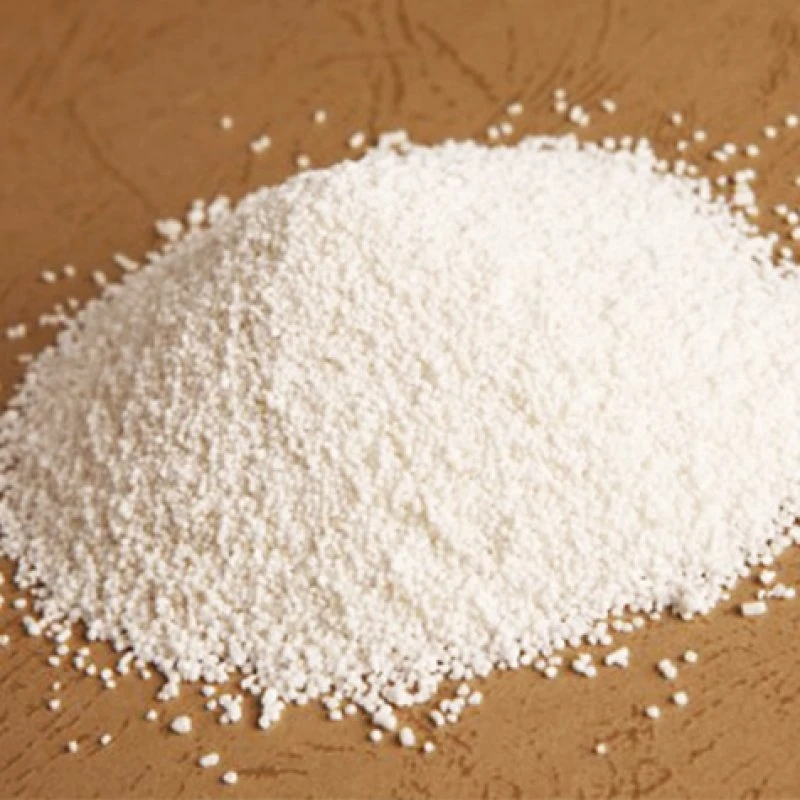



drinking water treatment chemicals
Drinking Water Treatment Chemicals Ensuring Safe and Clean Water
Access to safe and clean drinking water is one of the most fundamental human rights. To ensure that this essential resource is not only available but also safe for consumption, various chemicals are utilized in the treatment of drinking water. These chemicals play a vital role in water purification processes, combating contaminants, and ensuring the health of communities worldwide.
The Importance of Water Treatment
Water treatment is a critical process in safeguarding public health. Contaminated water can lead to a myriad of health problems, including gastrointestinal diseases, reproductive issues, and neurological disorders. With the increasing pollution of freshwater sources from industrial discharges, agricultural runoff, and sewage, the need for effective water treatment methods has never been more pressing.
The primary goal of water treatment is to remove or neutralize harmful contaminants, including bacteria, viruses, parasites, heavy metals, and organic pollutants. This is where treatment chemicals come into play.
Common Chemicals Used in Water Treatment
1. Chlorine One of the most widely used disinfectants, chlorine is effective in killing bacteria and viruses present in drinking water. It is added to water supplies to ensure pathogen removal and to maintain residual disinfectant levels throughout the distribution system. However, care must be taken, as excessive chlorine can lead to the formation of harmful by-products, such as trihalomethanes.
2. Alum (Aluminum Sulfate) Alum is a coagulant that helps in the removal of suspended particles and turbidity in water. When added to water, it reacts with impurities, causing them to clump together into larger particles that can be more easily removed through sedimentation and filtration. This process is crucial in improving the quality of drinking water.
3. Polymeric Coagulants In recent years, polymeric coagulants have gained popularity as alternatives to traditional alum. These polymer-based chemicals can enhance the coagulation and flocculation processes, leading to more efficient removal of contaminants while producing less sludge.
drinking water treatment chemicals

4. Ozone Ozone is a powerful oxidizing agent utilized in advanced water treatment processes. Its high oxidation potential makes it effective in degrading various organic contaminants and removing color and odor from water. Ozone treatment also eliminates pathogens without leaving harmful residuals.
5. Activated Carbon This chemical is commonly used in adsorption processes to remove contaminants, including chlorine, volatile organic compounds (VOCs), and taste and odor compounds from drinking water. Activated carbon filters are popular in both municipal treatment facilities and household water filtration systems.
6. Hydrated Lime (Calcium Hydroxide) Hydrated lime is used to adjust the pH of water and to precipitate hardness-causing minerals. By achieving the ideal pH level, lime treatment enhances the effectiveness of other treatment chemicals and reduces corrosion in distribution pipes.
7. Phosphate-based Chemicals These chemicals are often utilized to prevent corrosion in water distribution systems. By forming a protective coating on pipe surfaces, phosphates help to minimize the leaching of metals such as lead and copper into the drinking water supply.
The Future of Water Treatment Chemicals
As water quality standards continue to evolve, research is being conducted to identify safer and more effective treatment chemicals. The development of green chemistry solutions aims to reduce the environmental impact of water treatment processes while maintaining high standards of public health safety.
Additionally, advancements in technology, such as membrane filtration and UV disinfection, are being explored as alternatives or complements to traditional chemical treatments. These methods can provide effective solutions to emerging contaminants, including pharmaceuticals and personal care products, which pose new challenges to water treatment facilities.
Conclusion
The use of chemicals in drinking water treatment is essential to ensure that populations have access to clean and safe drinking water. While the traditional chemicals like chlorine and alum remain vital in the treatment process, ongoing research and innovations are paving the way for more effective and environmentally friendly solutions. By continuing to adapt and improve our water treatment practices, we can protect public health and preserve our precious water resources for future generations.
-
Why Sodium Persulfate Is Everywhere NowNewsJul.07,2025
-
Why Polyacrylamide Is in High DemandNewsJul.07,2025
-
Understanding Paint Chemicals and Their ApplicationsNewsJul.07,2025
-
Smart Use Of Mining ChemicalsNewsJul.07,2025
-
Practical Uses of Potassium MonopersulfateNewsJul.07,2025
-
Agrochemicals In Real FarmingNewsJul.07,2025
-
Sodium Chlorite Hot UsesNewsJul.01,2025










